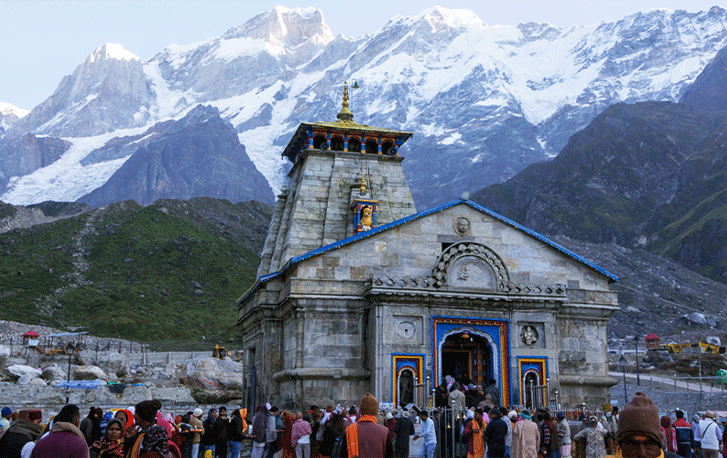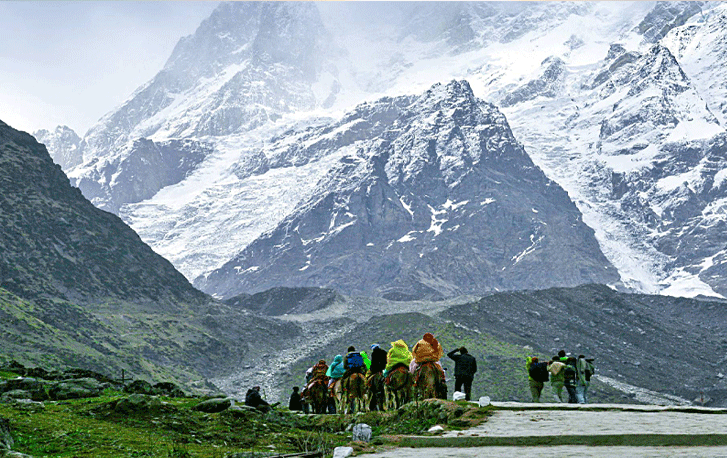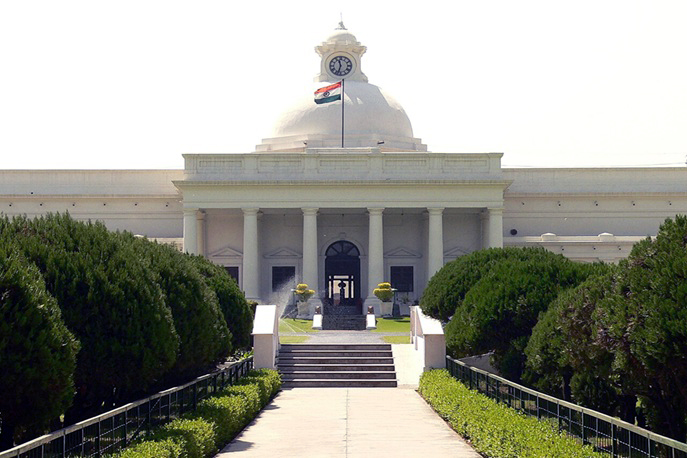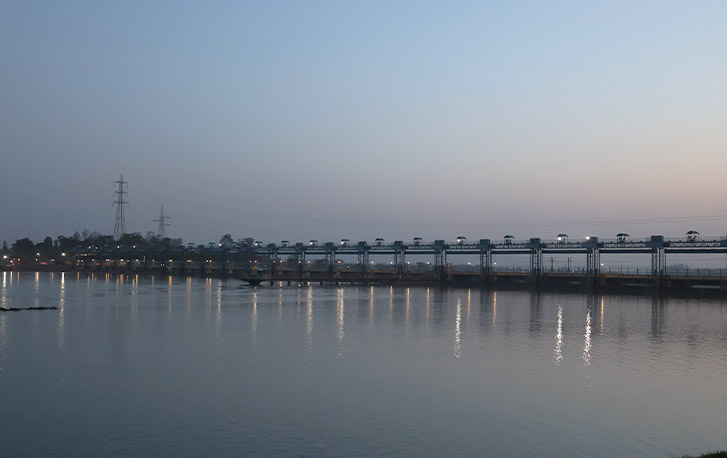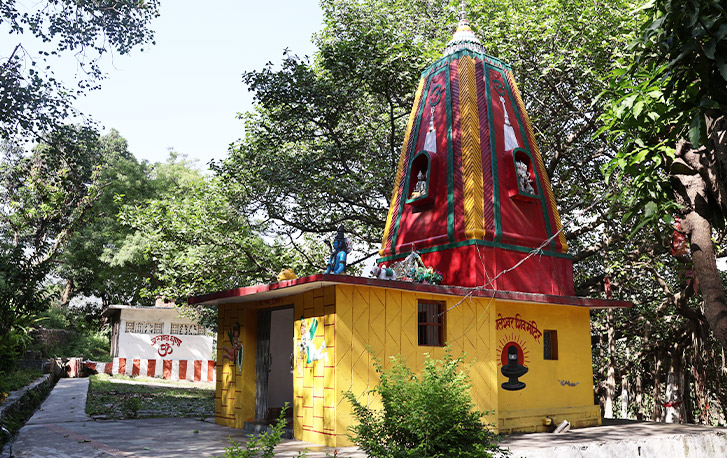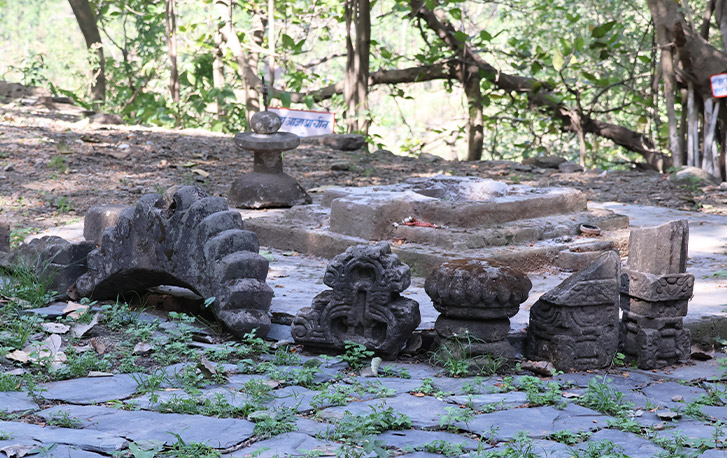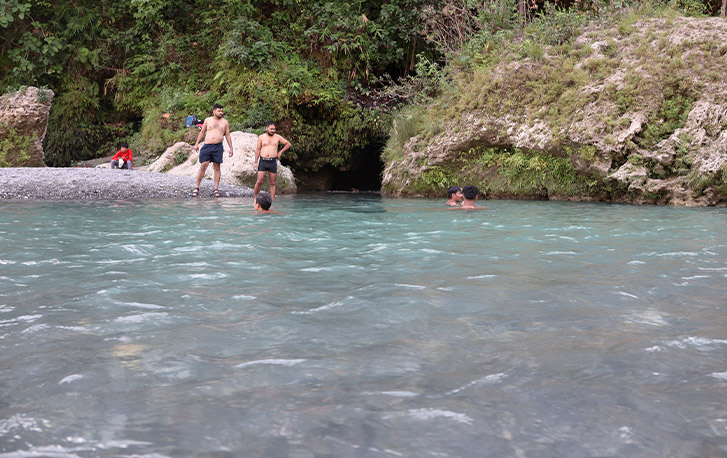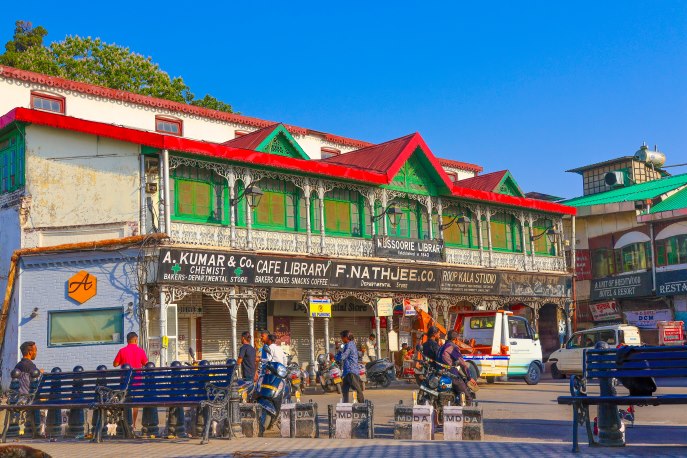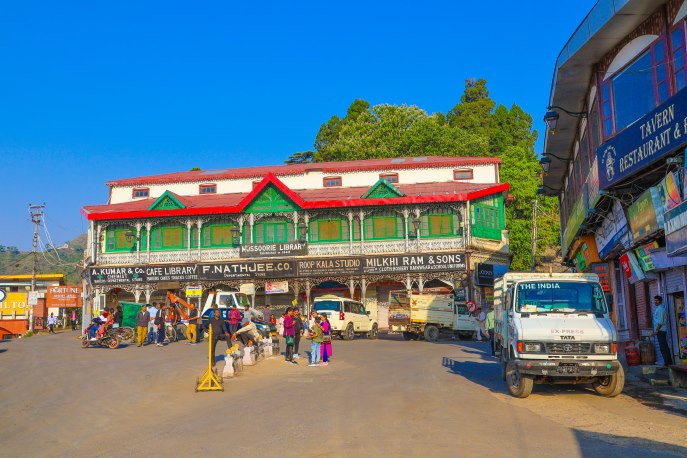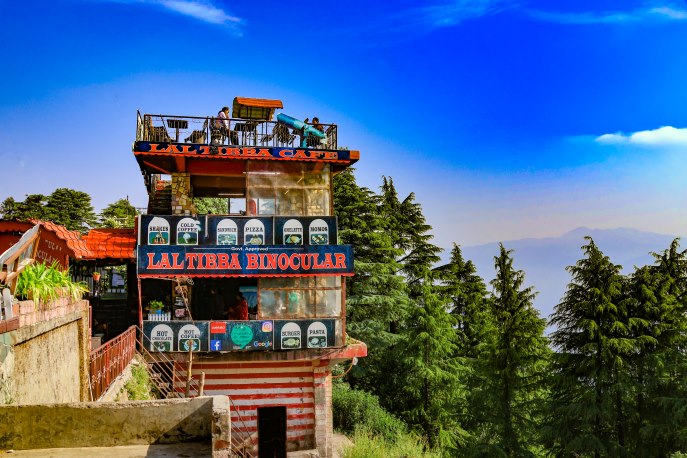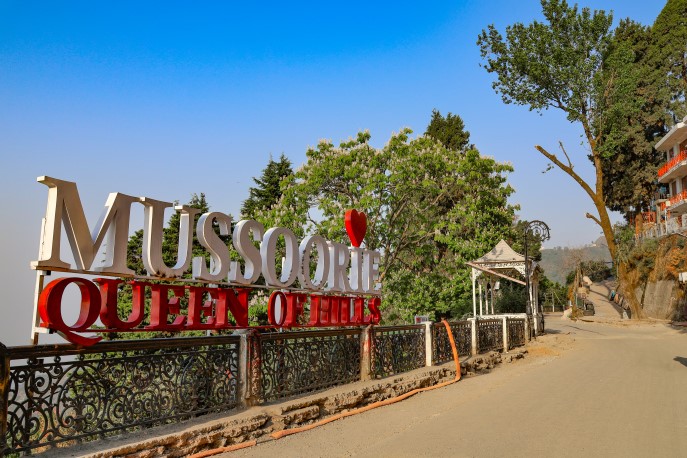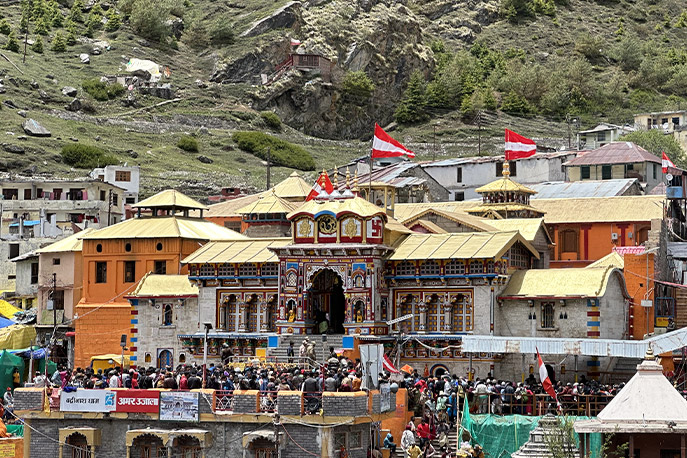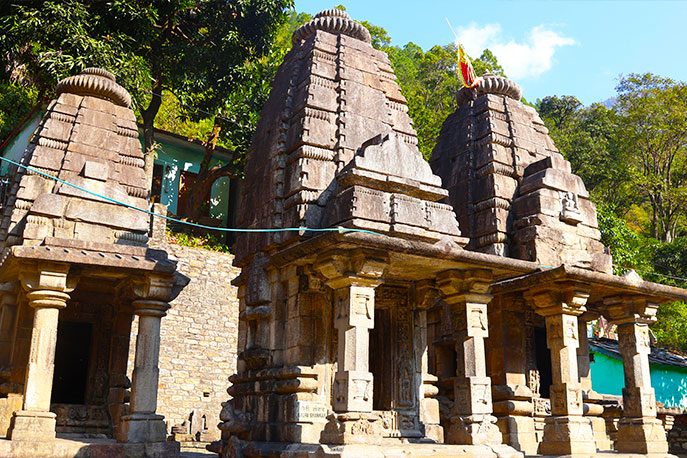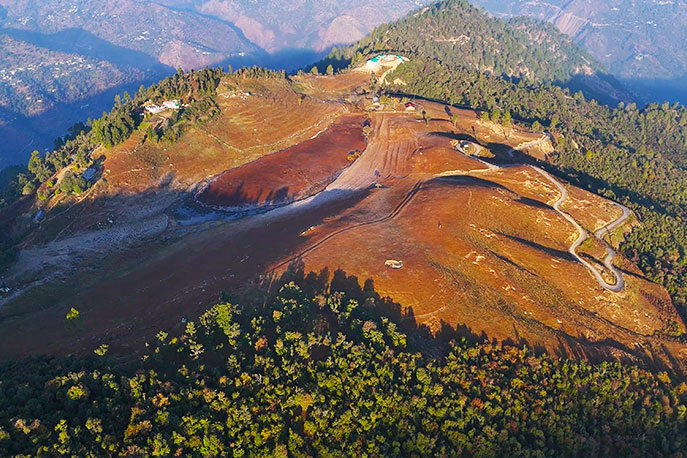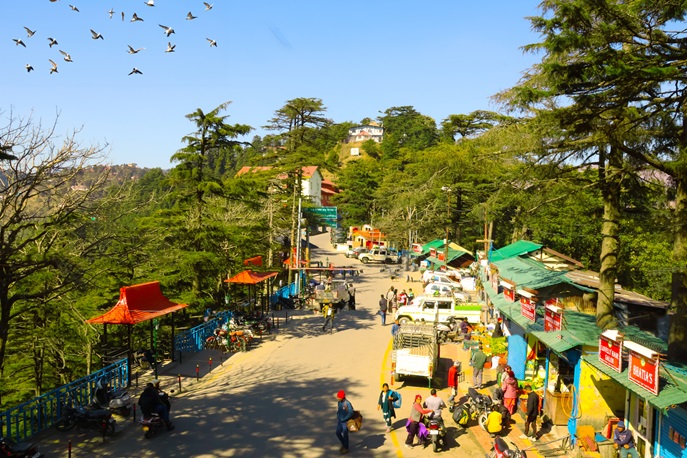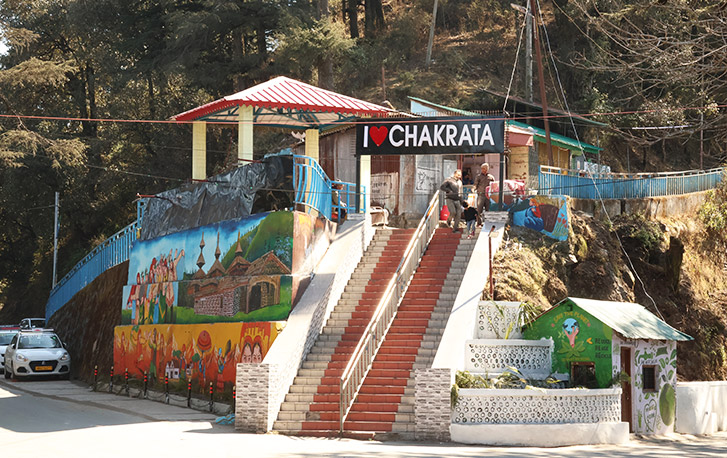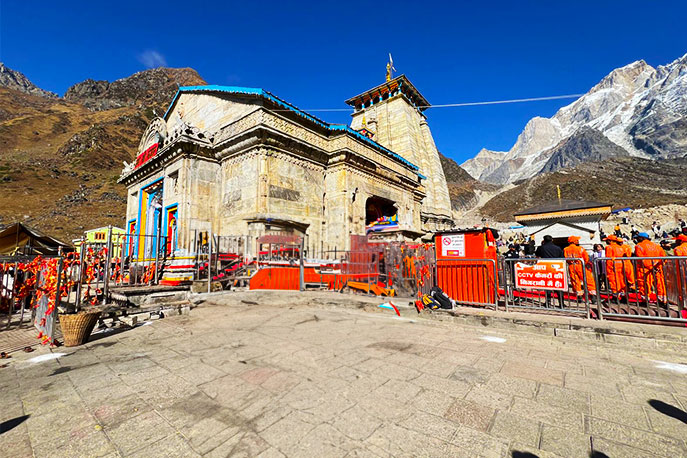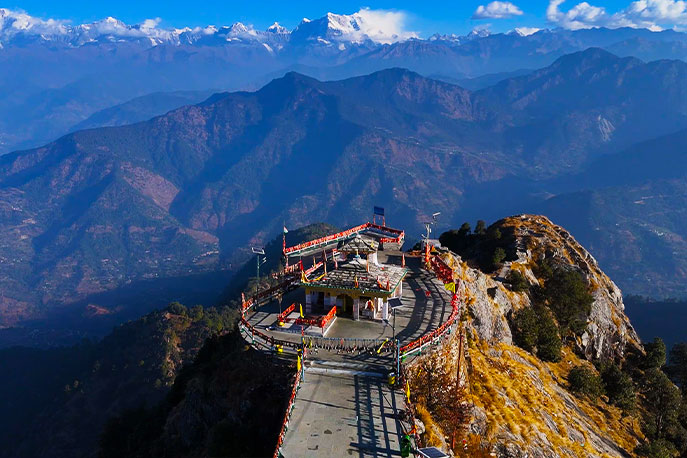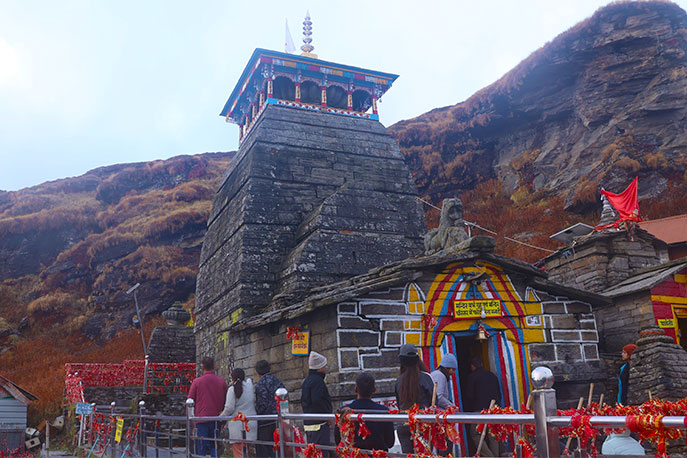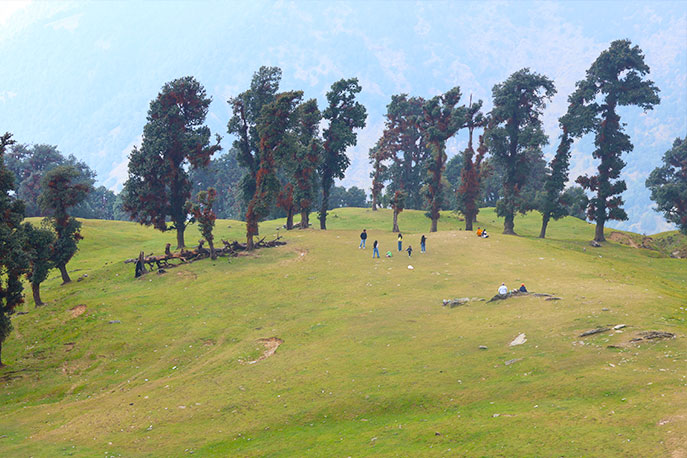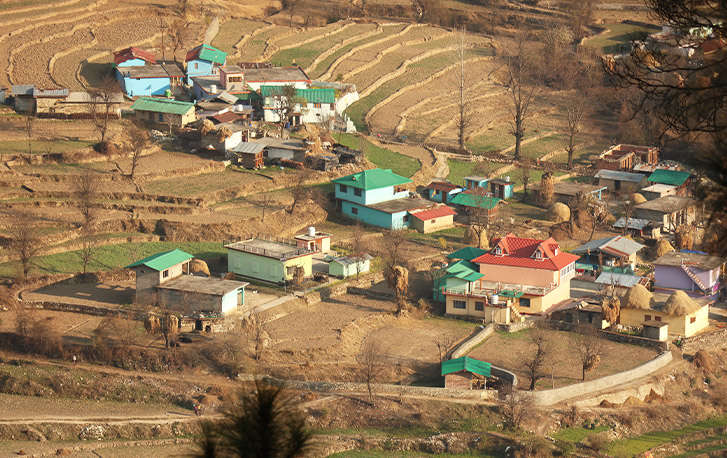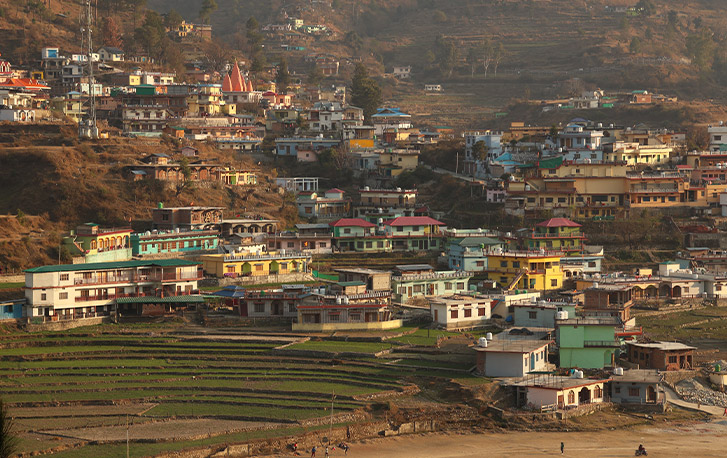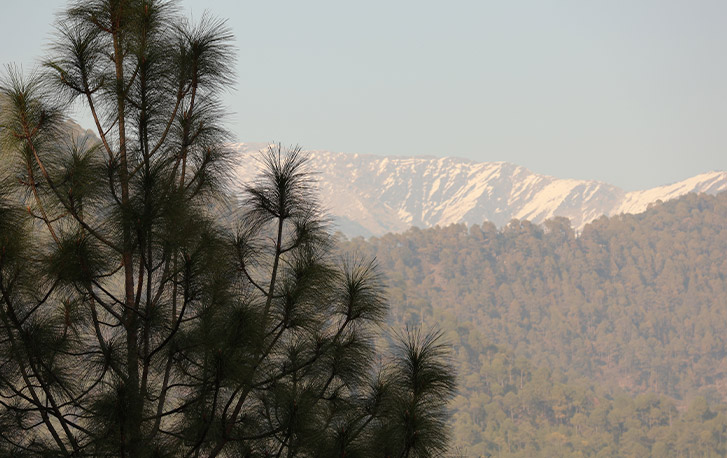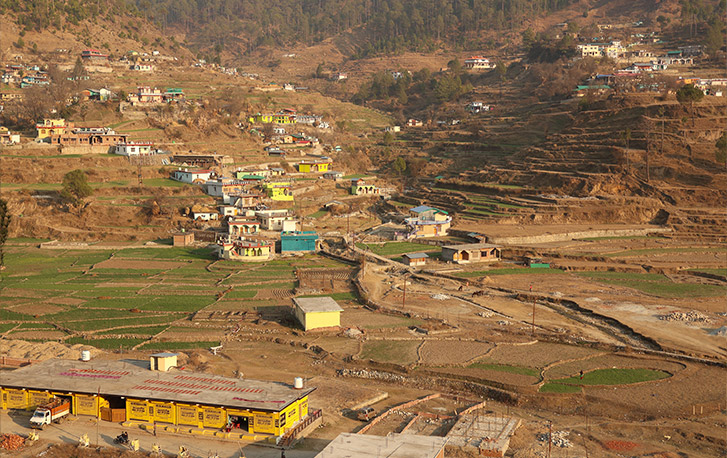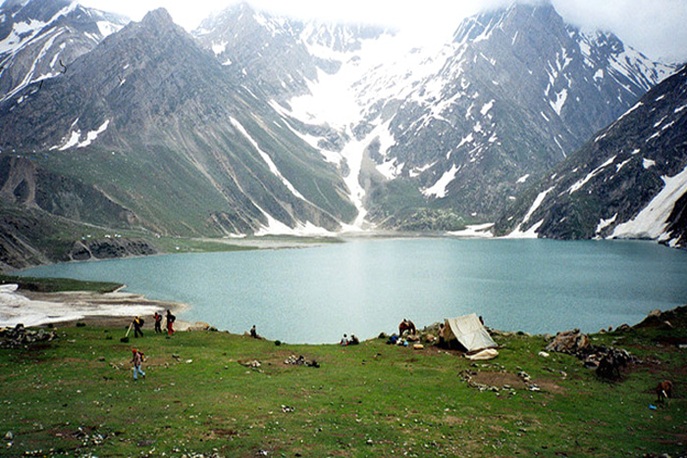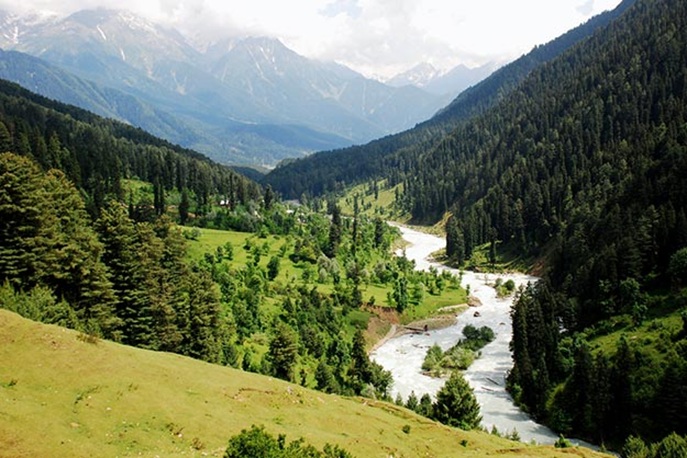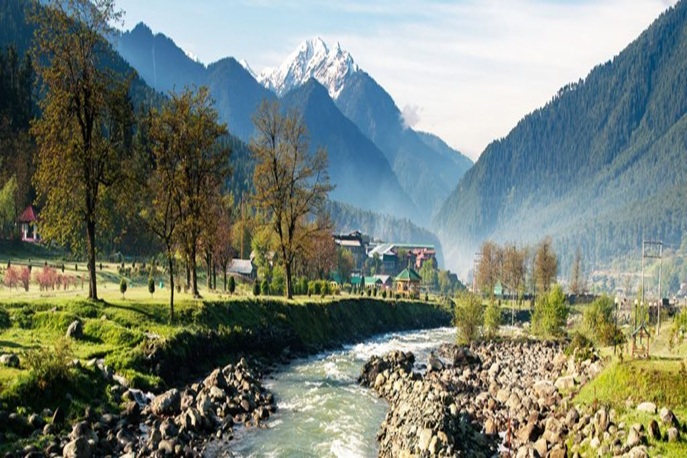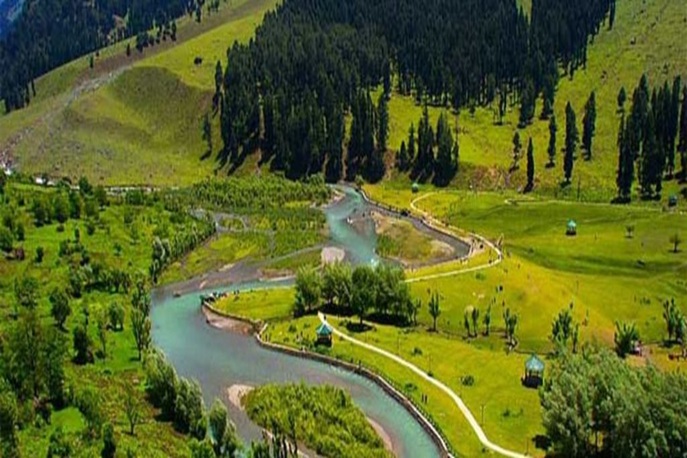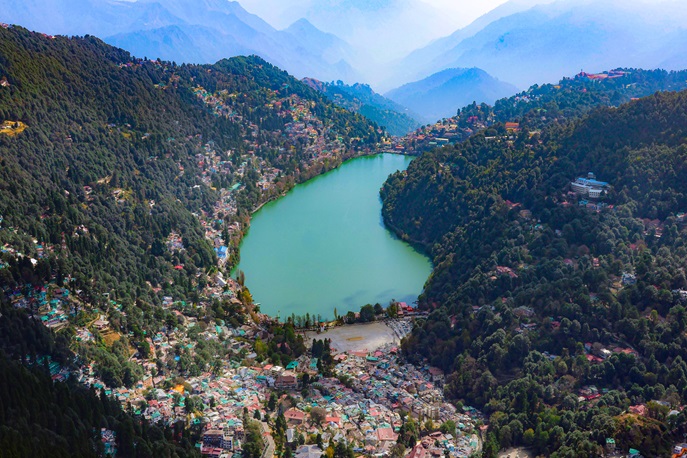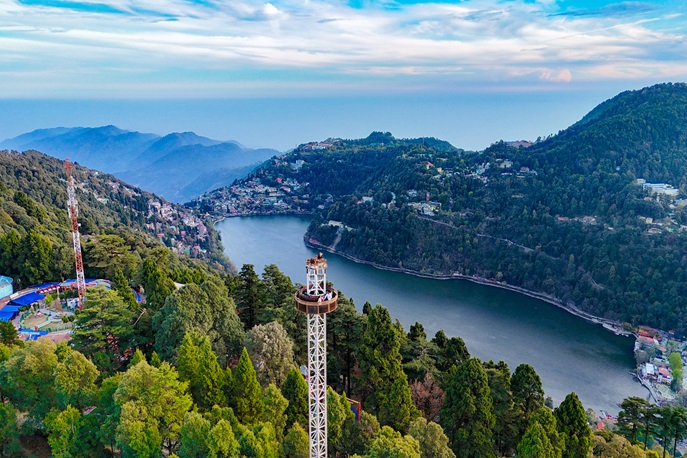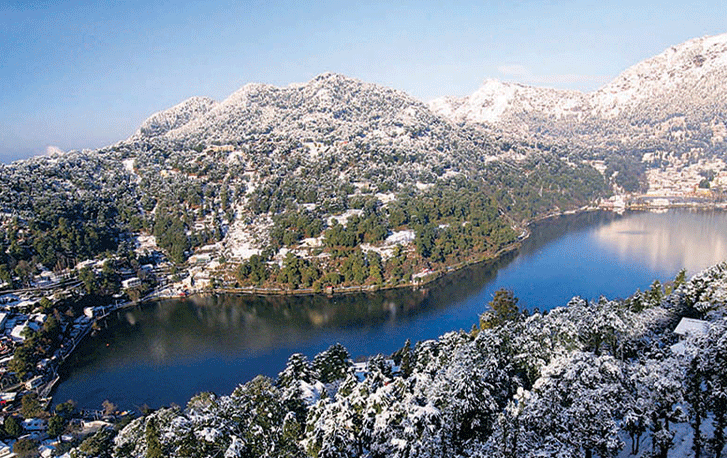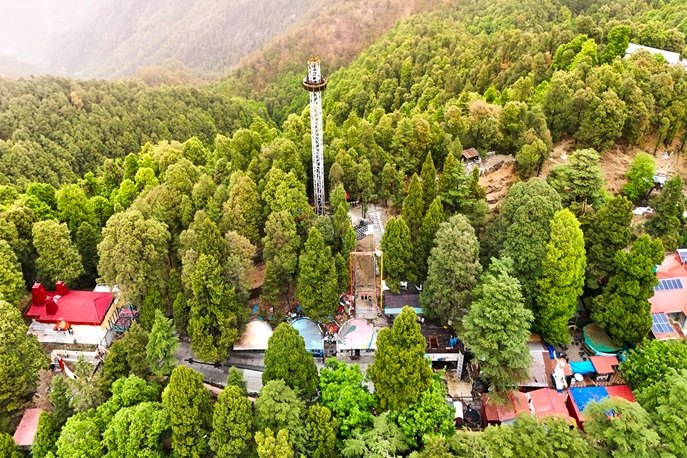Kedarnath Temple
About
Kedarnath is one of the most pious places for Hindus, located in Rudraprayag district, Uttarakhand. Dedicated to Lord Shiva, the Kedarnath shrine is situated in the Garhwal Himalayan range near the holy Mandakini river. It is one of the 12 Jyotirlingas of Lord Shiva, which is historically known as "Kedar Khand". Being one of the highly revered Lord Shiva temples, Kedarnath attracts millions of devotees each year. People with deep faith in Lord Shiva often visit the shrine to seek his blessings. Among Hindus, Kedarnath is considered to be a pilgrimage site, called the 'Tirtha Yatra'.
Kedarnath Dham is one of the four pilgrimage sites, which is the part of Uttarakhand Char Dham Yatra circuit or Chota Char Dham Yatra. This circuit commences with Yamunotri, followed by Gangotri and then Kedarnath, and ends with Badrinath. The name Kedarnath derives from a Sanskrit word, which means the "Lord of the field" where 'Kedara' means "field" and 'Natha' means "Lord".
Kedarnath Kapat Opening Date 2025
Kedarnath Temple Opening date for 2025 is announced by the officials. The Badrinath-Kedarnath Temple Committee (BKTC) announced that the Kedarnath Temple portal will open on May 2, 2025. The Panchmukhi Doli of Kedarnath will begin its journey from its winter seat at Omkareshwar Temple in Ukhimath. Once the palanquin reached the Dham, the temple door will be opened with Vedic chants and rituals, which creates an scintillating exhilarating experience and filled the devotee with utmost devotion. After departing from Ukhimath, the Kedar Baba Ji Doli will follow this route : -
Omkareshwar Temple (Ukhimath)→ Guptkashi→ Phata→ Gaurikund→ Kedarnath Dham.
Kedarnath Weather
Kedarnath weather conditions are so extreme, making it difficult for the pilgrimage. It receives heavy rainfall during the monsoon and significant snowfall in winter. The mountains in the backdrop of the temple are often covered with snow round the year. Due to its harsh weather conditions, the temple is open to the public for only six months. Nestled amidst snow-covered Himalayas, the shrine offers an awe-inspiring view that attracts visitors from far and wide. Its utmost serenity, makes it a perfect place for anyone to indulge in the devotion of God.
History of Kedarnath
Legend has it that the temple was built by Adi Shankaracharya, while some believe it was constructed by the Pandavas. However, Mahabharata doesn't mention anything about Kedarnath but its reference can be found in Skanda Purana, which speaks about a place Kedara, where Shiva releases Holy Ganges from his matted hairs.
According to folklore, after defeating Kauravas in the Mahabharata, the Pandavas are filled with grief and want to atone for their sins. For this, they sought the refuge of Lord Shiva. However, Shiva, displeased with Pandavas action during the Kurukshetra war, took the form of a bull to avoid them. After looking for Shiva here and their Pandavas reached Guptkashi, and suddenly Bhim saw a bull grazing near the field and recognized him Shiva immediately.
As soon as he tries to catch the bull, Shiva disappears and reappears in five parts in different locations. His hump appeared in Kedarnath, his arms in Tungnath, face in Rudranath, belly in Madmaheshwar, and his hair in Kalpeshwar. Nowadays, these places are prominent religious sites of Lord Shiva referred as "Panch Kedar", where devotees can seek his blessings in different forms. Legend has it that, people who complete this Panch Kedar Circuit and conclude it with the blessing of Lord Hari at Badrinath can attain salvation.
Kedarnath and Badrinath - One Priest
Eric Shipton the English Mountaineer, recorded a tradition, hundreds of years ago, the priest of Badrinath used to hold services of both Kedarnath and Badrinath, travelling daily between the two temples.
Kedarnath Trek
From Gaurikund to Kedarnath Dham, visitors need to trek around 16 km to reach the temple. The trek to the temple is not easy and requires physical endurance. Apart from physical endurance, the important thing that required is devotion. Many senior citizens, despite their health conditions, climb the hill because of their faith and devotion in Lord Shiva, which give them energy and strength to complete the trek without any problem. It takes around 4 to 5 hours to reach the shrine, depending on one's strength. It will be good for the pilgrims to commence their trek early in the morning.
Accommodation in Kedarnath
After reaching the Dham, visitors must book their accommodation. Garhwal Mandal Vikas Nigam (GMVN) offers cottages, rooms, and tents facilities in Kedarnath. Additionally, there are many hotels and stay homes providing lodging facilities in Kedarnath. However, one must not expect any luxury hospitality, as the main motive is to accommodate every devotee and provide them with shelter. Shelter availability and booking can also be done online at GMVN portal.
Things to do in Kedarnath
- Pilgrimage : - Well Kedarnath is a pilgrimage site where devotees come to seek blessing and immerse in the devotion of Lord Shiva.
- Trekking : - For those not availing Heli services, the trek to the shrine itself becomes an activity. As the shrine is around 16 km from the last motorable point and requires trekking, offering a mesmerizing and breathtaking view of the Kedarnath Valley. Here one can easily experience the spiritual aura in the air.
- Camping : - Visitors can also set up tents near the town and enjoy the natural beauty of Kedarnath.
Kedarnath Winter Seat
Every year in the month of November, the portal of Kedar Baba closes on the auspicious day of Kartik Purnima. During winters, the shrine is inaccessible due to heavy snowfall and remains closed. However, during this period, one can worship the Lord Shiva at Ukhimath, which serves as a winter seat of Kedarnath. During winters, the idol of Kedar baba ceremonially moved to Ukhimath, where it is worshipped for the next six months.
Nearby Attraction
Kedarnath in itself is a prominent site that is frequented by many but there are some nearby attractions frequented most. Among them Vasuki Tal, Chorabari Lake, Rudra Cave, Mayali Pass, Sumeru Parvat, Adi Shankaracharya Samadhi, Kedarnath Wildlife Sanctuary, Mount Kedarnath and Kedar Dome are some prominent places.
Kedarnath Heli Services
Visitors can also opt for the Kedarnath Heli Services, which are available from different locations. These Heli services will not only save the time consume on trek but also offer breathtaking view of the valley. Heli Services to Kedarnath is operated by various authorized operators, whose details are given as : -
| Location | Operator | Round Trip Fare (Excluding Convenience |
| Guptkashi to Shri Kedarnath | Aryan Aviation | 8126 |
| Trans Bharat Aviation | ||
| Phata-Shri Kedarnath | Pawan Hans | 5774 |
| Thumby Aviation | ||
| Global Vectra Aviation | ||
| Trans Bharat Aviation | ||
| Sirsi to Shri Kedarnath | Himalayan Heli Services | 5772 |
| Kestrel Aviation | ||
| Arrow Aircrafts |
Location and Connectivity
Kedarnath temple is situated in Uttarakhand, Rudraprayag district. The temple doesn't connect with the motorable road completely and devotees need to track around 16 km from Gaurikund to Kedarnath. Devotees can follow the below road route to reach the Dham.
Dehradun/Haridwar → Rishikesh → Devprayag → Srinagar → Rudraprayag → Augustmuni → Guptkashi → Sonprayag → Gaurikund → Kedarnath Dham.
Important Tips for Devotees
- Pilgrims need to take care of a few things before and during the yatra which are given as : -
Before the Journey
- Before starting the journey, visitors must check the weather conditions for at least the next four days.
- Contact the Yatra Control Room to confirm whether the conditions are suitable for travel.
- Char Dham Yatra Registration is mandatory for all travellers, whether they are coming by road or helicopter.
- It is not advisable to visit during monsoon seasons, as it may lead to serious issues during the journey.
- The shrine is frequented by devotees every days, but it may feel extremely overcrowded on some days such as auspicious day, weekends, Diwali and obviously the opening and closing days.
- If visiting by personal vehicle, keep necessary items like tire inflators, a puncture kit, spare tire and other essential tools.
- Carry enough woolen clothes, as temperature in Kedarnath is always on the lower side.
- Keep an umbrella and raincoat, as the Kedarnath weather changes instantly.
- To avoid any online payment failure due to limited network, carry sufficient cash during the journey.
- HDFC bank offers ATM services within the temple premises.
During the Journey
- Pilgrims biometrics verification will be done at Gaurikund.
- Carry at least one identification proof with you.
- Although the last motorable point is Gaurikund, visitors travelling by personal vehicle need to park their vehicle at Sonprayag and complete the remaining 8 km distance via a shared taxi.
- Pony, mules and porter services are also available from Gaurikund. To avail of these services one must obtain the token from the designated counter.
- It is important to confirm the pony, mules fare charges before availing the services.
- Wear good trekking shoes that provide you enough grip and comfort.
- Also keep the walking stick which will help you during the trek.
- Stay hydrated during the trek and keep a water bottle always.
- If possible, book your mules and porter services from the counters.
- Photography is strictly prohibited within the premises. Do abide by the rules forwarded by the authority and the committee.
- Eat a healthy meal before commencing your trek.
- Excessive baggage can ruin your trek, it is good to go with minimum luggage.
- Stay alert during the trek, as mules can cause injury.
How to Reach
By Road : - Kedarnath is approximately 254 km from Dehradun. Bus, taxi, and other services are easily available from various parts such as Dehradun, Rishikesh, and Haridwar bus station. However, the motorable road is not accessible directly to the temple and ends around 16 km before at Gaurikund. From Gaurikund, pilgrims can complete their journey through trekking or by availing palanquin and pony services.
By Rail : -The nearest railway stations to the shrine are in Rishikesh and Haridwar, located approximately 216 and 228 km away, respectively. However, the station that connects with the major rail route of the country is in Haridwar. One can easily find the various transportation options such as Bus, shared taxi, private taxi from Haridwar.
By Air : - The nearest airport to Kedarnath temple is Jolly Grant Airport in Dehradun, around 238 km away. Taxis are easily available from the airport but for the services like bus and shared taxi, one needs to reach Rishikesh, which is just 16 km away from the airport.
Best Time to Visit
Shrine portals remain open for six months in a year, from May to either October or November. However, the ideal time to visit the shrine are May to June and September to October. Devotees should avoid visiting during monsoon season, as severe issues can arise during this time. Kedarnath town and portal remains closed during winter due to heavy snowfall in the region.
Height from Sea Level
Kedarnath Temple is located at an altitude of 3,583 meters (approximately), which is around 11,755 feet from sea level.
